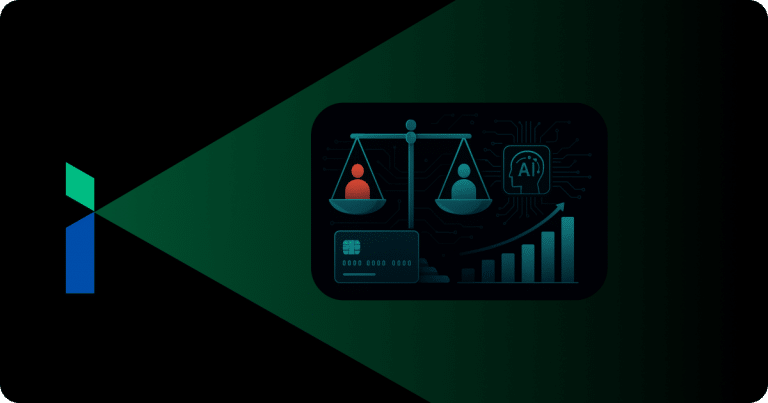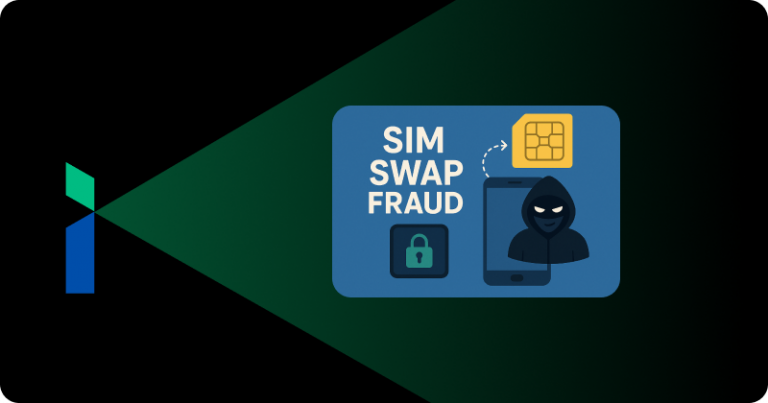Due to the widespread diffusion of cutting-edge technology, banking is undergoing an unparalleled transformation which has been further amplified by the prevalence of COVID-19. By adopting software solutions, banks and financial institutions have automated manual and repetitive processes, leveraged data for actionable insights, enhanced the user experience, boosted customer satisfaction, and ensured adherence to data security laws and compliance guidelines.
Banks and financial institutions have the ability to deliver a range of services remotely through mobile banking applications, which is particularly helpful during disruptions such as COVID-19. It is now possible to perform account opening, background checking, and due diligence on a smartphone in just a few clicks. Earlier, it was used as an emergency fail-safe mechanism in the case of disruptions such as COVID-19, but, after experiencing its agility and efficiency, banks and FIs are persistently seeking to dismantle conventional processes and replace them, with bespoke mobile-banking digital solutions.
In this article, we’ll discuss key mobile banking industry trends for 2022 that will lead to a significant breakthrough in the banking industry and financial ecosystem at large.
Cardless Automated Teller Machine
Opinions may vary whether our attention span is shrinking but definitely, consumer patience is wearing thin. After all, who likes queuing up at an ATM? Banking institutions have responded to our collective restlessness by introducing another innovation, cardless ATM withdrawals. The increasing adoption of this path-breaking solution attests to its increasing popularity.
Mobile wallets initially replaced credit cards and debit cards for online and in-store purchases, but it is now ramping up to supplant ATMs, pushing them further away from use. Screen-based QR codes are already a popular way to authenticate touchless transactions in stores or public transport, and now its tentacles are taking hold of ATMs as well.
Customers scan the QR code on the ATM screen, then all the necessary operations like inserting the PIN number, selecting or inserting the withdrawal amount and so on is performed via the mobile banking app. And finally, you can pull out cash from the ATM machine.
Watch cardless ATM in action: https://www.youtube.com/watch?v=aKdRfnx0Xik
The technology is highly secure as QR codes not only make withdrawals faster but also drastically reduce the chances of card skimming or compromised PINs. It reduces the occurrence of clone card fraud as all the assets are secured in encrypted transactions, even if the ATM is tampered with.
Open banking with Mobile Service Offerings
Open banking is a new standard implemented by financial institutions that allow the sharing of consumer deposits, transactions, and other financial data with third-party vendors by means of application programming interfaces. The purpose of this standard is to create a customised user experience with the proliferation of products and services.
Banking and financial institutions can tie together a range of services accessible through a single, integrated point of control, leveraging data shared by many institutions. Benefits include faster and direct payments, a transparent view of finances, convenient credit reporting and enhanced user experience.
How does this work in real life? Most of us have several bank accounts. One that offers attractive rates on savings accounts, another that offers low rates of interest on personal, and yet another that offers debit cards at no additional fees.
Want to understand everything about Open Banking, watch this – https://www.youtube.com/watch?v=vVKGnSoQtGQ
Open banking enables you to choose a service provider, like a mobile-banking provider, that can establish an interface to act as a centralized hub for all of your accounts and services, removing the need to log into all of them manually to access the benefits they offer. Instead, you get a comprehensive, consolidated dashboard on your smartphone that manages all of them.
Voice-Based Payments
“You ask and thou shall be done”, this line paraphrases voice-activated commands. You merely have to ask or command your phone to perform an action and within seconds it happens, saving an enormous amount of time, and making mobile-banking accessible more than ever.
A mobile device’s ability to make personal payments to listed contacts was a pioneering application of voice banking. Voice payment is preferred by consumers because it saves considerable amounts of time and effort, is easier than typing, and can be operated with no hands-free.
As a result of the pandemic, consumers are clamouring for contactless commerce. Google, for example, has partnered with Carrefour to launch voice-activated grocery shopping in France and subsequently in 30 more countries.
With this feature, Carrefour shoppers will be able to link their accounts to Google Assistant on their mobile devices, and then just dictate what products they wish to add to their shopping cart. The checkout and payment experience will also be voice-based.
COVID-19 ushered in contactless and cashier-less payments. A number of retailers are currently evaluating the possibility of integrating IoT technologies into an unattended retail experience in the post-pandemic era. New user experiences for authenticating transactions overwhelmingly feature voice payments.
Sneek-peak into the voice payments technology – https://www.youtube.com/watch?v=oElsnObqdVg
In order to remain relevant, financial institutions and banks must become ready to harness voice payment technology, or else other, more technical players will invade their territory endangering their existence.
Biometrics for security and payments
An increasing number of Fintechs and traditional financial institutions offering mobile payments and banking offerings are putting heavy pressure on banks. As fintech firms and digital banking providers have made huge inroads and seized clients traditionally held by banks, customer experience has become the major battleground to attract new clients and retain existing ones.
Faster KYC and streamlined digital onboarding are crucial elements that enhance user experience. Nevertheless, such innovative solutions fail if they are backed by outdated and clunky security measures such as multi-step password authentication, ineffective rules-based security, and even worse, the need for physical verification at a branch of the bank in order to access the account. Mobile and behavioural biometrics are emerging as the trailblazers in mobile banking that effectively address those security shortcomings.
Rather than collecting signatures on a humongous amount of documents and providing countless physical ID copies, most progressive banks now use facial recognition to compare the photo in submitted documents with a real-time image taken of the individual.
Users do not want to create another PIN or password. When faces can open locked phones, users want their bank accounts and cash withdrawals to operate in the same way. Most users claim to have too many PINs and passwords and worry constantly about forgetting them. As a result, they use the same PIN code multiple times, thereby compromising the security of their finances.
Here is an insight into this incredible technology – https://www.youtube.com/watch?v=QlmF9zhlG24
A major advantage of biometric technologies is that they can be organically integrated into every touchpoint of customers’ interactions with your product- accessing the banking app, validating a payment, confirming a sensitive account action, etc. After all, the most commonly used type of behavioural biometrics, such as finger scanning, offers greater convenience than custom pins.
Paydown Apps for Debt Payoffs
It is obvious that incurring debt is easier than paying off one. Today’s consumer society is materialistic and facilitates overspending. Hence, we are indirectly pressurised to buy more than we can afford.
Next-generation mobile banking enables consumers to keep up with their finances quickly and efficiently with the utmost caution and prudence. Consumers have access to a wide range of mobile applications and repayment services to keep track of their finances on the go.
Round-up apps automatically round up a user’s purchases to the nearest dollar and deposit the difference into their savings account or debt repayment plan. As part of other debt reduction solutions, users are able to manage debt more effectively by providing detailed breakdowns of monthly spending, tracking debt and interest, and recommending optimal, customized payoff strategies.
See these apps in action: https://www.youtube.com/watch?v=l8-EN5g–IY
Chatbots
Customer service is simplified and enhanced by chatbots and virtual assistants. Bots are AI-driven software programs that mimic text-based and voice-based chat, and they are employed on messengers, websites, and mobile applications to answer frequently asked questions. A chatbot will answer 80% of routine questions, allowing response times to be sped up.
The service also offers futuristic projections based on historical data combined with statistical modelling, data mining, and machine learning, in other words, predictive analytics, giving a sense of direction.
For eg, Bank of America’s new virtual financial assistant Erica is an AI-driven chatbot that provides users with the above mentioned predictive analytics. As more users interact with this AI-driven chatbot, the more data it gathers and the better able it becomes to provide personalized assistance.
Bank of America’s mobile banking statistics from 2019 reveals that it attracted over a million users within two months of the rollout of its Erica-featured app.
Erica can provide you with an in-depth report about your credit score as well as a personalized video in which she discusses your money habits and how to improve them. Additionally, she provides security tips and alerts users if any suspicious activity occurs on their mobile banking account.
As chatbots cannot solve complex problems that require individual judgment, human assistance is still required, but they cut support department workload considerably, allowing agents to handle tasks that require more expertise.
Conclusion
These are the top six trends to look for in the mobile banking industry in 2022 that have sparked the changing metabolism of banks and provoked them to find innovative solutions that ensure data security and privacy, while at the same time lowering costs and dramatically improving customer service.













